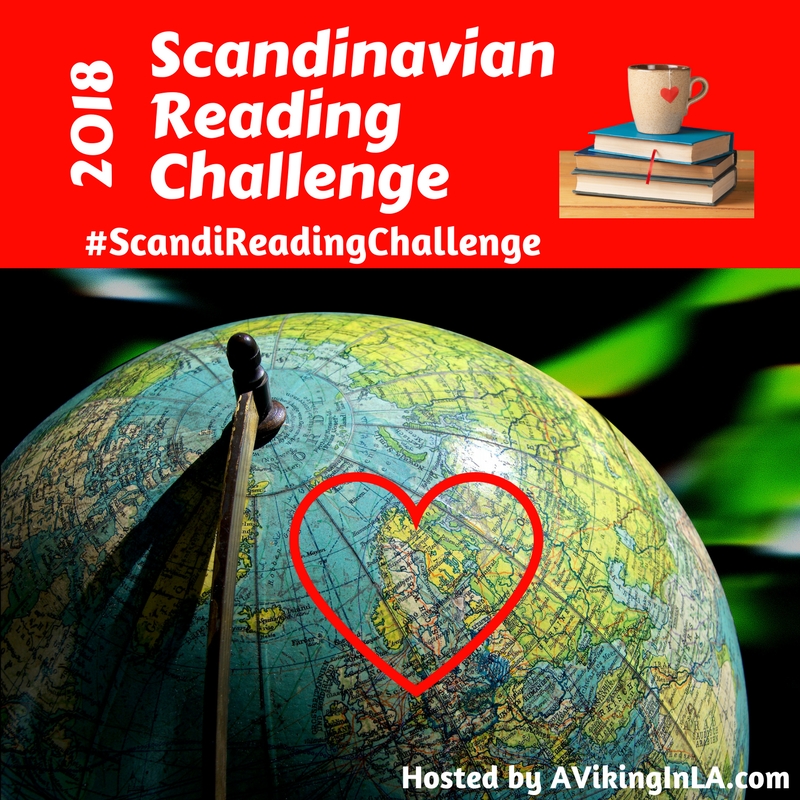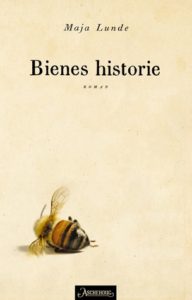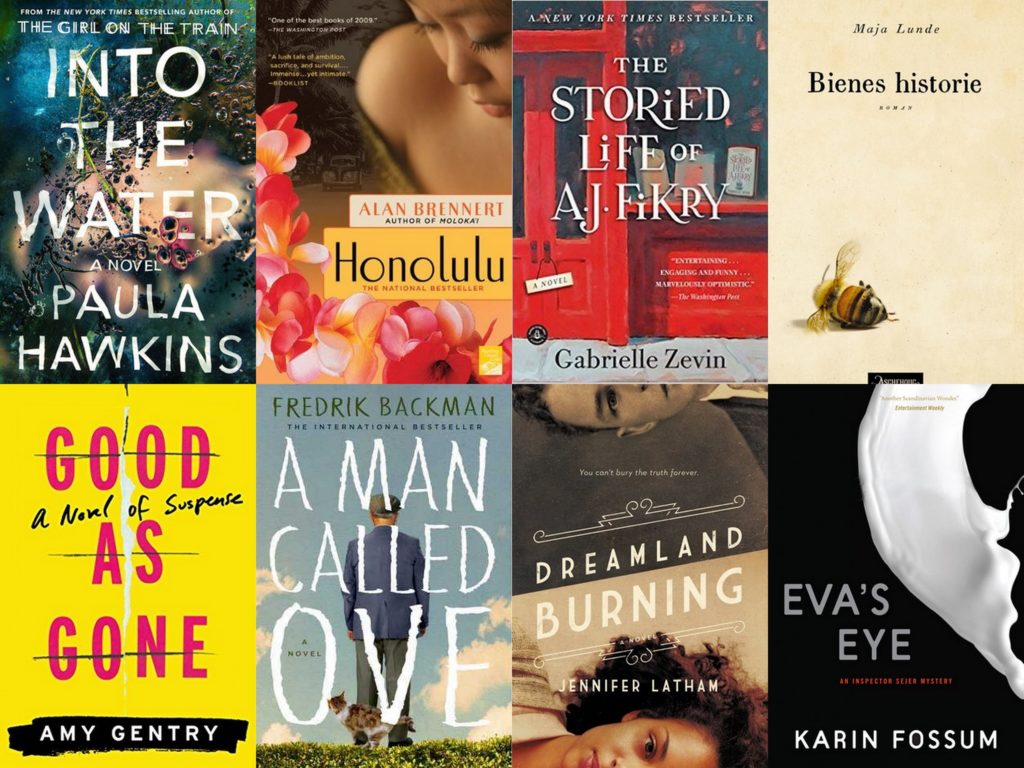 I invite you to join the 2018 Scandinavian Reading Challenge. This reading challenge focuses on the Scandinavian countries of Norway, Sweden, and Denmark. There are 14 categories with the intention of providing lots of choice for the new reading year. I realize not everyone is as much of a Scandinavian enthusiast as me, so choose to participate at whatever level suits you: a book a month, one book every other month, or even just a couple of books in the upcoming months. I welcome all levels of participation.
I invite you to join the 2018 Scandinavian Reading Challenge. This reading challenge focuses on the Scandinavian countries of Norway, Sweden, and Denmark. There are 14 categories with the intention of providing lots of choice for the new reading year. I realize not everyone is as much of a Scandinavian enthusiast as me, so choose to participate at whatever level suits you: a book a month, one book every other month, or even just a couple of books in the upcoming months. I welcome all levels of participation.
Visit the page 2018 Scandinavian Reading Challenge to see the 14 categories and to download a printable PDF to keep track of your reading.
I will make suggestions for books in each category as the year progresses. I would love to hear what books you choose to read, and I always welcome suggestions from fellow readers. Share your progress and suggestions here or on social media with the hashtag #ScandiReadingChallenge.
I hope you’ll join me for some Scandinavian reading this year. Share your intention to participate in the comments below or in an email.
Click here to see the 14 prompts in the reading challenge.


 Knowing my love of reading and joy in discovering new Norwegian works, my parents gifted me Maja Lunde’s
Knowing my love of reading and joy in discovering new Norwegian works, my parents gifted me Maja Lunde’s  Once again, I’m joining
Once again, I’m joining 